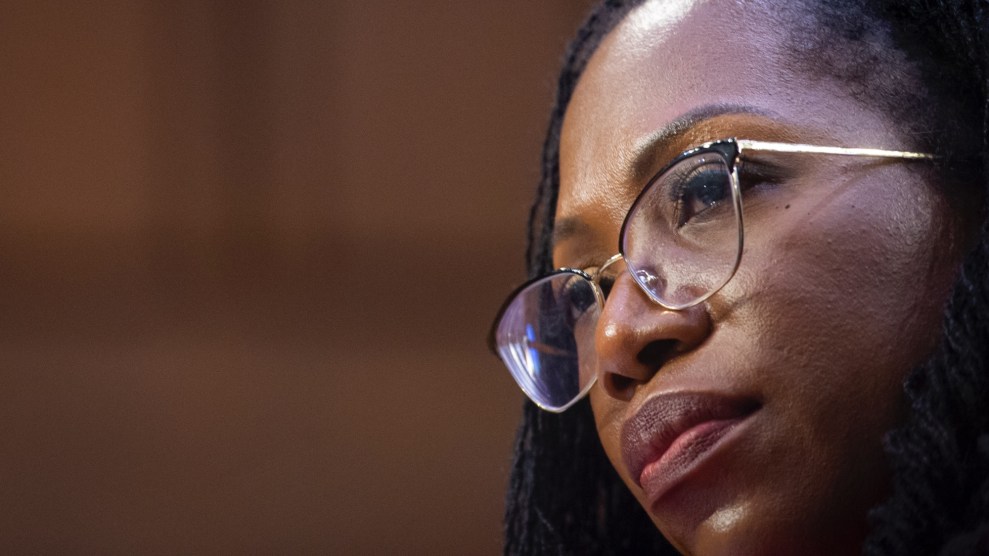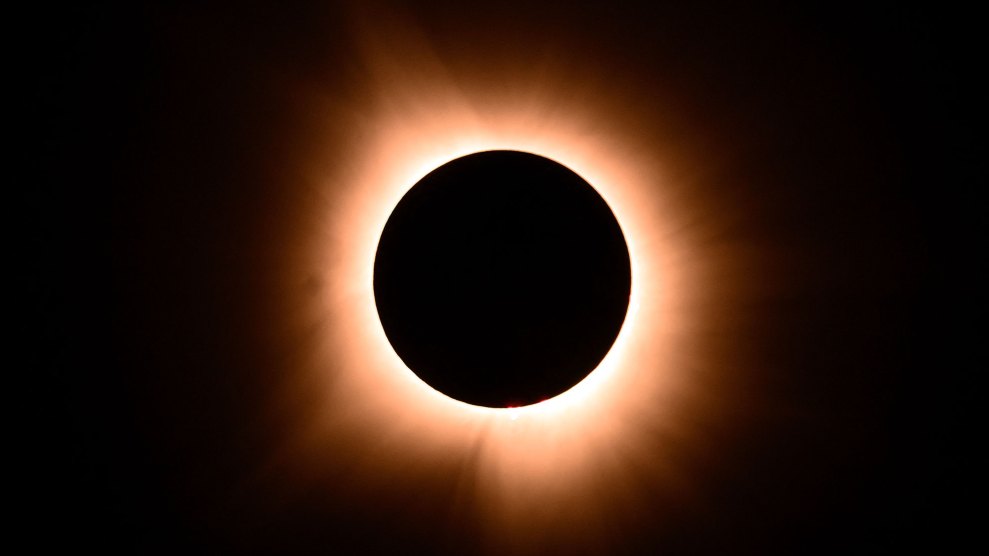It began as a dream to give Universal City – a corporate hodge-podge of office towers, theme-park attractions, studio, hotels, and restaurants overlooking L.A.’s teeming San Fernando Valley – a “heart,” says James A. Nelson, vice president of MCA Development Company.
It’s called CityWalk, a four-block-long mall that will connect Universal’s massive cinema complex to the front gates of the studio. Designed by architect Jon Jerde, L.A.’s leading postmodernist comic, CityWalk attempts to distill the essence of indigenous Los Angeles – the wild and wacky feel of Melrose Avenue, Venice Beach, and Sunset Boulevard. Ironically, these places are now considered by many to be too mean to meander.
MCA president Lawrence D. Spungin describes the $100 million project, scheduled to open in March, as an “idealized reality.” CityWalk’s twenty-seven building facades will feature a cacophony of architectural styles that shout L.A. – Art Deco, Streamline Moderns, and California Crazy among them. Jaunty angles, bright colors, and contrasting textures will be featured in the “urban scale” design (one and a half times normal size), to complete the dizzying effect.
King Kong will hang from a seventy-foot neon “totem” near a surfboard-shaped active-wear shop. A fish restaurant will lure customers with its faux beach and wave machine. UCLA Extension, in a clutch of fourteen classrooms sporting a “Royce Hall-like” facade, will serve enlightenment. And gum wrappers embedded in the terrazzo flooring will provide instant history, or a “patina of use,” as project designer Richard Orne calls it.
CityWalk was to have been part of a $3 billion MCA “urbanopolis” with housing for twenty thousand people, While MCA has shelved that plan, some see even the pedestrian promenade joining a disturbing trend toward privatization of public places.
Mike Davis, author of the scathing history City of Quartz: Excavating the Future in Los Angeles, sighs at the mention of CityWalk. “I consider it an ominous parallel universe,” he says, “the moral equivalent of the neutron bomb. MCA executives have always stressed the most popular parts of L.A. are now too dangerous; the city scene is a criminalized Third World. So now they go off the real world to simulators.”
Leon Whiteson, architectural writer for the Los Angeles Times, is less rattled by the concept. “Private spaces masquerading as public places are increasingly common. CityWalk is going to look hokey because it’s instantaneous. But it’s better than not having public spaces at all.”
“Everything is private in Los Angeles,” notes historian Kevin Starr about the city in which a scant 4 percent of the land is reserved for open, public use. “Sharing common space of any kind is not part of the Los Angeles experience.”
Still, when community development is given over to corporations, Davis fears, society risks losing its soul. “There’s a struggle going on in America today to save the democracy of public space. I think CityWalk ought to be burnt down.”














